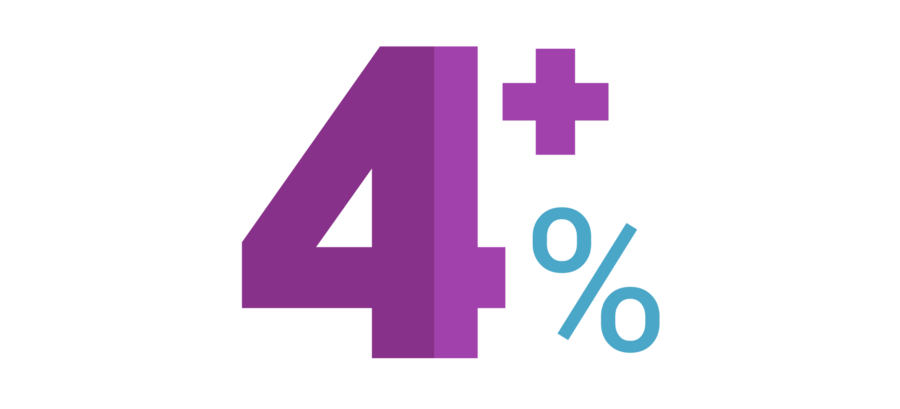
Exxon Reduces Spending, Reaffirms Commitment to Dividend
Exxon Mobil (XOM) announced today plans to reduce its capital expenditures by 30%, slash cash operating expenses by 15%, and lean on its balance sheet to preserve the dividend.
The company's CEO Darren Woods explained his perspective on the dividend during his interview with CNBC:
The company's CEO Darren Woods explained his perspective on the dividend during his interview with CNBC:
A lot of our shareholders are retail shareholders, people who depend on that dividend. So we've been pretty committed to maintaining that and, if necessary, in the short term using the balance sheet to support it.
But primarily that balance sheet is to support the investments in these industry-advantaged projects. That is the focus – to maintain a very strong foundation for the future.
On March 12, we published a note reviewing several dividend coverage scenarios for Exxon in light of the sharp decline in the price of oil (see table below).
At the time, management planned to invest $30 billion to $35 billion annually with hopes of potentially doubling Exxon's cash flow between 2018 and 2025.
In our analysis, we assumed Exxon's operating cash flow would fall to its lowest level ($20 billion) in at least a decade due to the current commodity price environment.
We then looked at three different capital investment levels ranging from $19 billion (slightly above 2016 spending) to $30 billion, assuming that management would moderate Exxon's spending plans to some degree.

Management's plan announced today would see capital spending sit near $23 billion, about in line with the "Reasonable" scenario we outlined above.
But no matter which figures you use (and even if you assume some asset sales), Exxon's cash flow is insufficient to cover its capital spending needs and the dividend until oil prices improve.
As we suspected, management confirmed they are comfortable using Exxon's strong balance sheet to cover the cash flow deficit in the short term.
We previously estimated that Exxon could borrow upwards of $40 billion before its leverage ratio would be stretched to the max.
In theory, this could buy the company around two years of time to cover its cash flow deficit and wait out better industry conditions before forcing a tough decision on funding its investments or the dividend.
During his interview with CNBC today, Mr. Woods suggested a similar timeline. He stated the company may have to reevaluate its capital allocation priorities sometime next year if the pricing environment hasn't improved by then:
For the long term, we have to make sure we are investing in these advantages projects. In the short term, we put a pretty high priority on the dividend, and, therefore, what you've seen to date is a reduction in the capital. And I think we can afford to do that in the short term.
Obviously it will be a function of how long this plays out. If we find ourselves in something next year, we haven't seen a recovery, that will be a different environment that we're in. But I think in certainly the short term, we have the capacity to do what we are talking about doing and maintain the [capital allocation] priorities that we've talked about.
Management said the firm has options to further reduce spending if necessary. However, Exxon is ultimately a depletion business. It must continuously invest to
replace the oil it pumps out in order to keep its long-term outlook stable.
The company doesn't expect its oil production to be impacted much this year from the planned capex cuts, but production in the Permian basin could fall as much as 150,000 barrels per day (bpd) next year, according to Mr. Woods. For context, Exxon's total production sits near 4 million bpd.
Overall, like most of its energy peers, Exxon eventually needs oil prices to recover in order to support its necessary long-term investments and the current dividend.
Asset sales and balance sheet expansion are unsustainable strategies, but an argument can be made that the factors weighing on the price of oil are also unsustainable (the coronavirus demand shock and the Saudi Arabia-Russia price war).
For now, income investors can continue relying on Exxon's dividend, which has been paid without interruption since 1882.
We plan to keep holding our shares of Exxon in our Conservative Retirees portfolio and will continue monitoring the situation.



